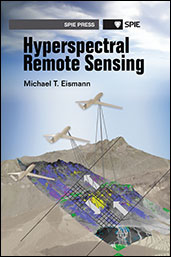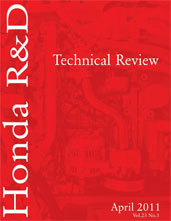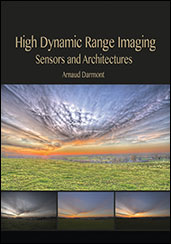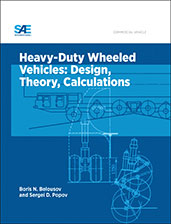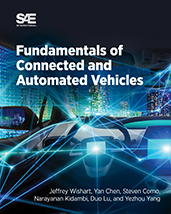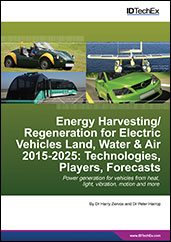Book
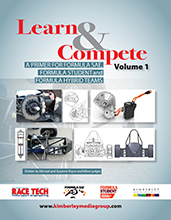
Learn & Compete: A Primer for Formula SAE; Formula Student and Formula Hybrid Teams
2022-07-01
The Second Edition of this best-selling book is now a two-volume set. This book offers a comprehensive guide to students and teams in involved in the series. A must have for anyone embarking their Formula SAE/Student journey. Exclusive insight that has been written by Michael and Suzanne Royce alongside fellow judges of the series.




